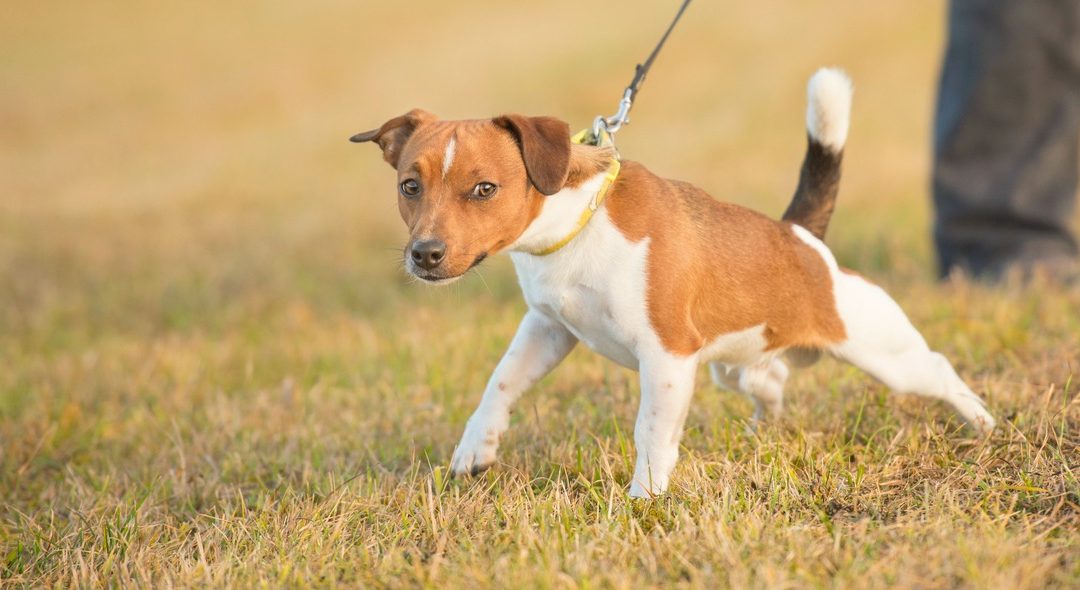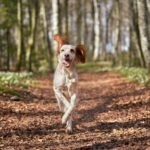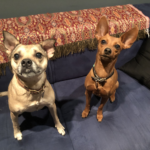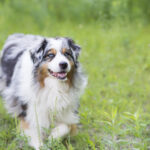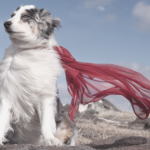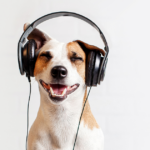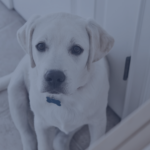It can be helpful to understand and appreciate the inherently frustrating situation we put our dogs in a lot of time. Dogs are highly social animals and when we put them on a leash they are set up for frustration by the sight of people and dogs they cannot access. If this happens repeatedly, the frustration becomes associated with these stimuli: barking and aggressive displays can result, eventually even out of the original context. Here are some management techniques to help mitigate these situations:
- Keep on-leash interactions short & sweet – keep the leash loose – tight leashes amp dogs up. Let your dogs sniff each other for 3 seconds max, then happy talk and go on your way.
- Avoid mixing on-leash and off-leash dogs – this is a volatile combination – and not by fault of any of the dogs concerned.
- Change your gear to a no pull harness or if you have an exceptionally strong puller/lunger a head harness. This is the equipment of choice for this problem because you have control of the head and the jaws.
- Maintain social skills with regular off-leash access to own species (provided your dog is not aggressive off leash), even if your dog is not a big player. Dogs can get rusty and hyper-motivated over time.
- If your dog goes off – do a Turn & Go – Don’t just stand there!
What is a Turn & Go?
If you have a dog who is reactive on leash, whether it be to strangers, other dogs, cars, skateboarders, joggers, etc, knowing how to do an emergency turn & go is essential. This simple maneuver will help you manage your dogs reactivity by avoiding your dogs triggers, and having a habitual and effective way of quickly redirecting them if you have any incidents.
When out with your dog, constantly be scanning your environment, looking out for your dogs triggers. Get to know your particular dogs stress signals and early signs that they are starting
to get upset.
If your dog starts to reacts do a Turn & Go:
- Immediately just turn and walk in the opposite direction from the trigger.
- Keep moving and Happy talk your dog until they calm down.
- Don’t ask the dog anything, don’t try to bargain.
Why are Dogs Leash Reactive?
Frustration – Most dogs who react on-leash at the sight of other dogs (or strangers, joggers, skateboarders etc) are doing so out of frustration. They are motivated to investigate or chase something and are being thwarted by the leash. This is very similar to when you are running late for an appointment and get stuck in traffic, you are motivated to go somewhere and being thwarted by traffic is very frustrating. For many people this can lead to physical outbursts and over time can develop into genuine “Road Rage.”
Fear – Some dogs who react on-leash are doing so because they are genuinely afraid or uncomfortable around the trigger. They do not want to get closer to it, rather they want it to get farther away. What’s more, they know they are on-leash and therefore “trapped,” meaning they are unable to exercise a “flight” response and so for resort to “fight.”
How can you tell which is which?
Off-leash history – How are the dogs when they are off leash around the trigger of their reactivity? If they are pro-social, playful and relaxed then you are dealing with frustration. If they are asocial, uninterested or aggressive then you are dealing with fear.
What can we do about it?
Frustration – Positively Reinforce an Incompatible Behaviour
As soon as the dog notices the trigger, ask them to do a pre-trained incompatible behavior like sit or “watch” and reward with really yummy food treats until the trigger is out of view.
Fear – Change the Underlying Emotional Response to the trigger
As soon as the dog notices the trigger, happy talk (praise them) and give them really yummy food treats until the trigger goes out of view. Do not worry about asking for a behaviour.
In both cases always work at a “Safe” distance
IF the dog starts to react on leash they are over threshold and unable to learn. Do a “Turn and Go” to get them back to a distance they feel safe or less frustrated.
Avoid yelling or physical corrections to punish the reactive behaviour as this can lead to an association between the trigger and the punishment (rather than the behaviour) and make the reactivity worse.
